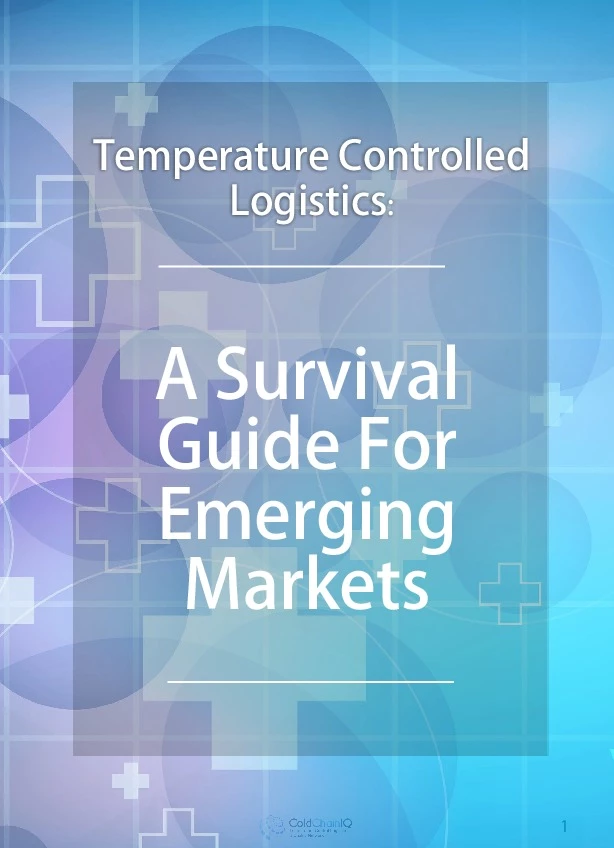A survival guide to transporting medicines in emerging markets
Add bookmark
Scheduled rapid growth, a lack of market dominators and vast potential. The promises attached to emerging markets are appetizing to say the least.
However, realizing these benefits comes with a heavy price tag – both economically and in terms of resources. Recent statistics forecasted that cold chain logistics spending will expand to more than $10 billion by 2018. Also, in many emerging countries there are unique challenges to overcome to ensure the time and temperature sensitive delivery of shipments. Whether they be regulatory, import law, cultural, financial or perhaps political.
The demand for better cold chain logistics in emerging economies is also driven by the food industry as a measure to reduce food wastage levels – billions of dollars in perishable foods are thought to be lost across the world due to product spoilage and damage.
The Global Cold Chain Market 2015 – 2019 – Increased Demand for Cold Chain Logistics from Emerging Economies report noted that a key challenge faced by cold chains operating through emerging markets is the high cost of real estate and energy: “The rise in interbank exchange rates and the increase in the purchase of treasury bills have increased the value of real estate, increasing the rental and purchase price of warehouses.”.
After consulting with various experts from around the globe, this eGuide examines case studies involving the storage and distribution of temperature-sensitive products through emerging markets.
Lessons learned from these projects will be discussed as insight is shared on market conditions, top tips for improving operations on the ground and successfully sourcing logistic partners in these regions.
















